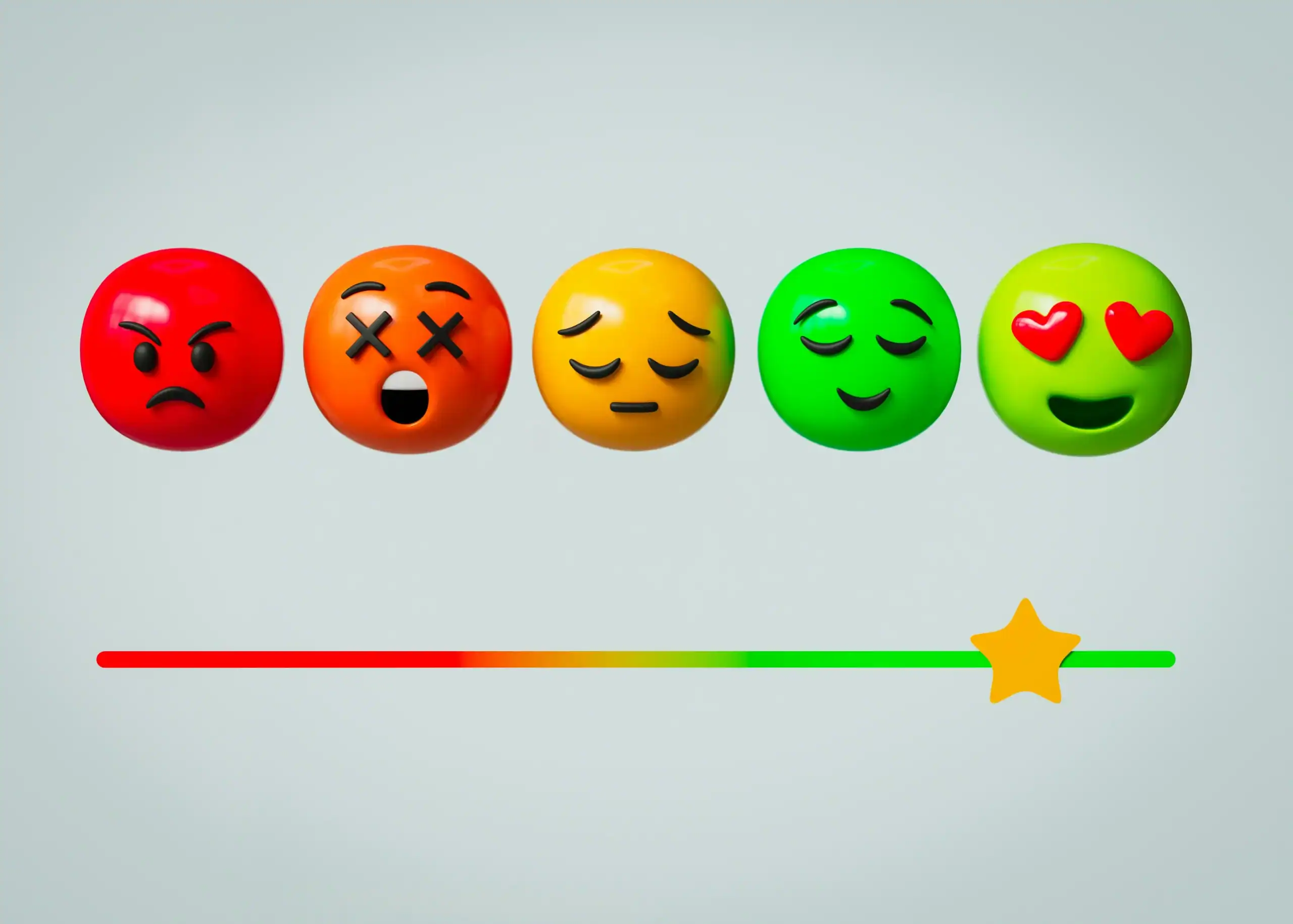Many children with alexithymia and autism struggle to name emotions, often saying they feel “weird” instead of sad or overwhelmed, which is common in high-functioning autism and emotional regulation where kids seem calm but feel confused. In this guide, we’ll walk you through key signs and ways to support your child with confidence and care.
About 50% of autistic individuals experience alexithymia, which is about ten times higher than the rate in the general population. Other studies report that this percentage can range from 50% to 80%.
Visit The Autism Voyage’s Blog Posts for more family-friendly tips to better support and understand your loved ones.
Table of contents:
- What Is Alexithymia?
- The Connection Between Alexithymia and Autism
- 5 Key Signs of Alexithymia
- Impact on Daily Life
- Support Strategies and Approaches
- Learn More With The Autism Voyage

What Is Alexithymia?
Alexithymia means trouble recognizing or describing feelings. Many kids with autism and alexithymia may not know how to say what they feel. They might act out or shut down instead of using words. This can make autism and expressing emotions a daily challenge for families.
The Connection Between Alexithymia and Autism
Shared and Unique Features
Some traits of alexithymia overlap with autism, like social struggles or flat expressions. Not all autistic individuals have alexithymia, and not all with alexithymia are autistic. Understanding these differences supports your child’s needs.
Join our newsletter for more real-life tips! It’s free, helpful, and made for parents like you.

5 Key Signs of Alexithymia
Understanding signs of autistic alexithymia helps parents support their child’s growth. Kids with autism and expressing emotions may struggle in ways easy to miss. They might not talk about feelings, seem distant, or react in ways that don’t match the situation. Spotting signs early helps families support their child better.
1. Difficulty Identifying Emotions
Your child may not know what they’re feeling, even during big moments. They might say words like “weird” or “bad” instead of naming emotions. This confusion makes it hard to ask for help. Learning to name feelings is the first step to getting support.
2. Trouble Describing Feelings to Others
Even if they feel deeply, putting it into words can be tough. They may freeze, change the topic, or avoid it completely. This makes family talks about emotions feel frustrating or unclear. Helping them open up takes time, patience, and practice.
3. Limited Emotional Awareness in the Body
Your child might not notice signs of feelings, like a racing heart or shaky hands. It’s hard to connect body signals with what they’re feeling at the moment. This can make emotions feel confusing or overwhelming. Teaching body clues builds emotional understanding.

Guide for Writing a Letter of Intent for Families with Special Needs
This guide provides you with essential tips for crafting a Letter of Intent. Perfect for families navigating the complexities of planning for a special needs future.
4. Difficulty Recognizing Emotions in Others
Children may struggle to know if someone is sad, happy, or upset. They might miss facial expressions or changes in tone. This can make social situations confusing. It can also lead to misunderstandings with friends or adults.
5. Challenges with Empathy and Emotional Reciprocity
They may not always respond when someone is upset or excited. This doesn’t mean they don’t care at all. They’re just unsure how to react in the moment. With support and practice, emotional back and forth can grow over time.
We invite you to read Penguin Pebbling to help your child practice reading emotions.

Impact on Daily Life
Alexithymia in autism can affect school, friendships, and daily routines. Kids may get overwhelmed by emotions they can’t name or express. This can lead to meltdowns, isolation, or being misunderstood. Supporting autism and emotions at home and school can ease challenges and build stronger routines.
Support Strategies and Approaches
An alexithymia test can help you see if your child struggles with emotions. Alexithymia treatment often includes therapy that teaches emotional awareness and coping tools. With the right alexithymia therapy, kids learn to manage and express their feelings. Parents can try tools like social skills activities for autism to build connection.
When to Seek Professional Help
If your child seems disconnected, confused by feelings, or struggles socially, it may be time to ask for help. A licensed professional can evaluate their needs and guide you toward support. Early action can make a big difference in emotional growth.
Learn More With The Autism Voyage
Understanding autism and alexithymia helps parents respond with more patience and support. If you’re noticing signs of alexithymia in autism, you’re not alone, many families face the same questions. Our team offers resources to help you navigate autism and emotions with calm and confidence.
Reach out anytime through our Contact page to explore some of our personalized solutions for your special needs family.
Key Takeaway:
- Alexithymia Is Common in Autism
About half of individuals with autism & alexithymia show emotional struggle. They may find it hard to name or explain how they feel. Recognizing this early helps parents better understand their child’s behavior. - Emotional Skills Can Be Taught
Even if your child has trouble expressing emotions, they can learn. Therapy and social activities build confidence and connection. You don’t need to figure it out alone, support is available. - Know When to Ask for Help
If your child with autism & alexithymia seems confused by emotions or disconnected, a professional can help. Early support makes a big difference in growth. Simple steps like an alexithymia test can guide your next move.
